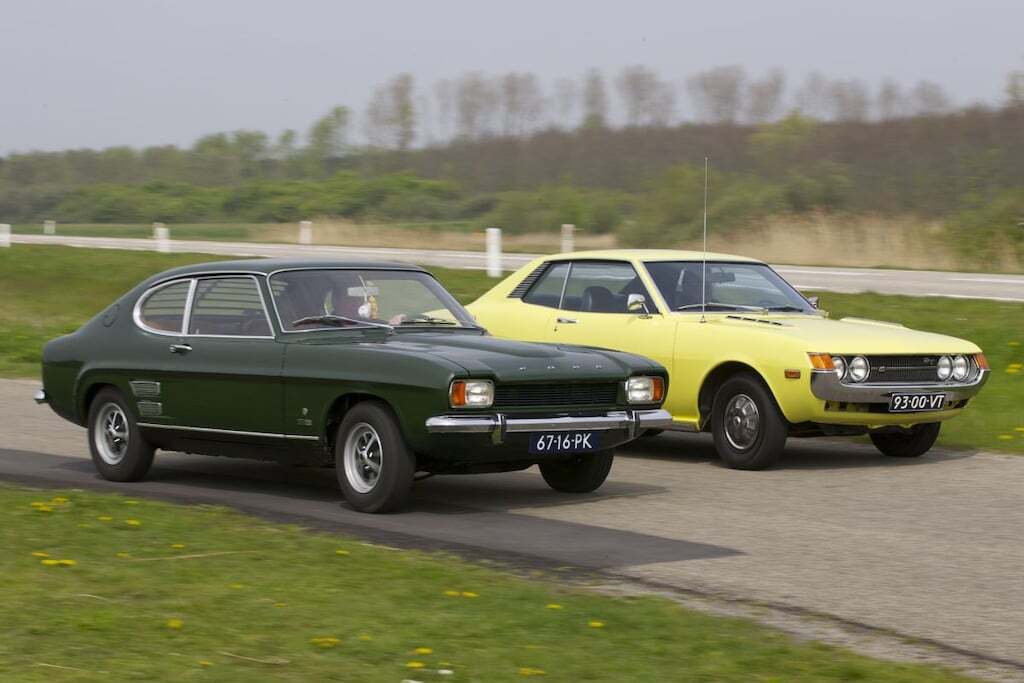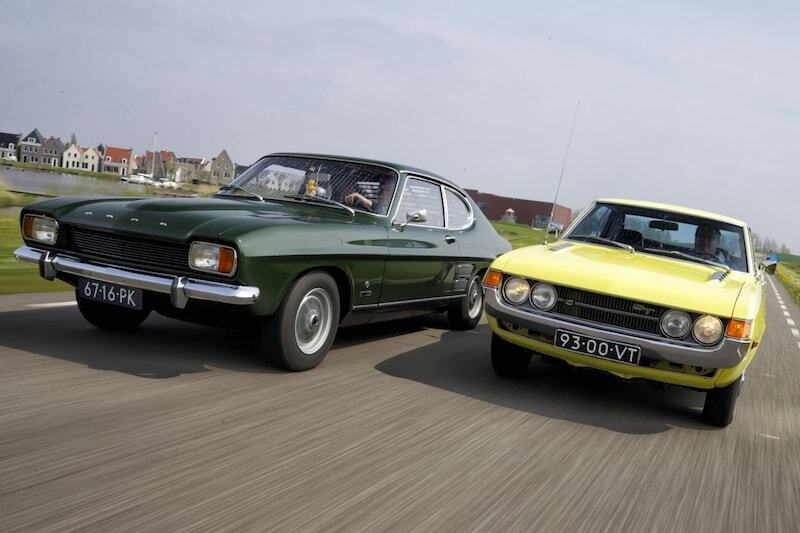
The major European brands, such as Opel, Ford, Renault, and Fiat, had a good understanding among themselves in 1970. They offered something for everyone, from spacious family cars to sporty models. In the latter category, the Ford Capri and Opel Manta set the tone, our own ‘ponycars’. Until an unexpected attack came from Japan in the form of the Toyota Celica.
Hoping to repeat the success of the ponycar Ford Mustang in Europe, Ford launched the Capri in 1969. The fastback coupé was an instant success. You could wait for a counterpart from General Motors; it appeared in September 1970 in the form of the Opel Manta. Competition from Japan was less obvious, as that country was not known as a supplier of sporty cars at the time. Yet, in December of that same year, the sporty Toyota Celica appeared.
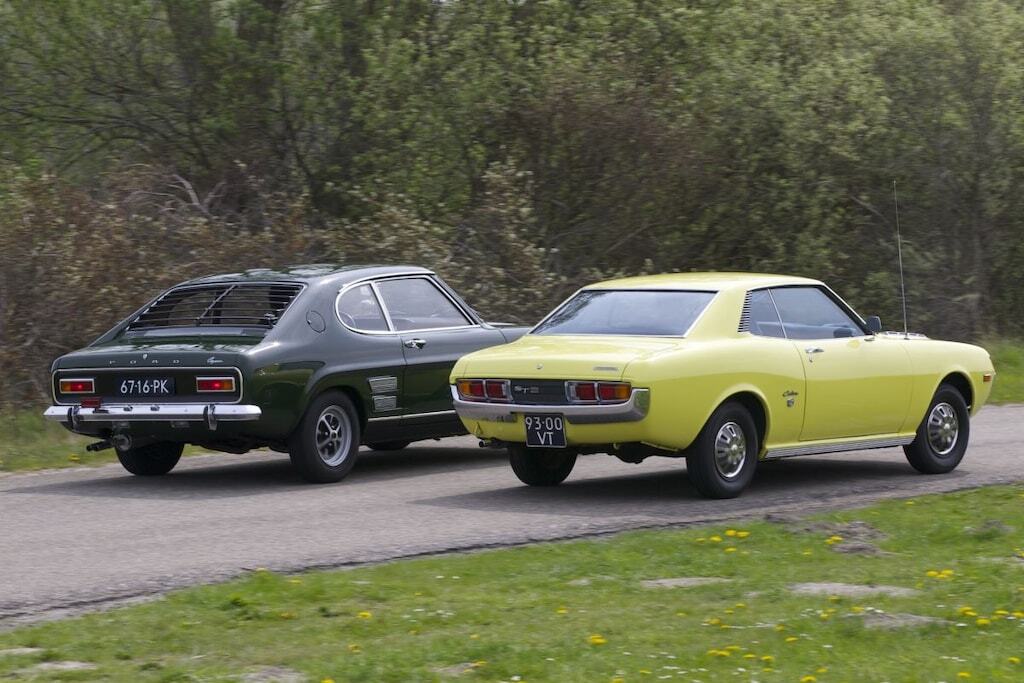
American Lines
Like the Manta and Capri, the Celica has American lines. It has features of the then-current Chevrolet Camaro, but with its own style. The Toyota is a hardtop coupé: there is no B-pillar. The Japanese ponycar was only available with a 1.6-liter engine and in two trim levels: LT (luxury tourer) and ST (sports tourer). The ST had more power thanks to a double carburetor and had a five-speed gearbox with the fifth gear as overdrive, while the LT had to make do with four gears.
Here, the Capri defends the honor of the established European order. Given its long nose and sloping rear, it was modeled after the Ford Mustang fastback, although the window section has its own unique look. Like that American brother, the car is simple in design, with proven technology and a choice of engines, initially from 1.3 to 2.0 liters. The V6 versions were particularly appealing, but in practice, the more affordable V4 engines were the most sold. Competitors for those versions were actually only the Alfa Romeo ‘Bertone’ and the Fiat 124 sportcoupé. The six-cylinder versions only had competition from the Opel Commodore coupé at most.
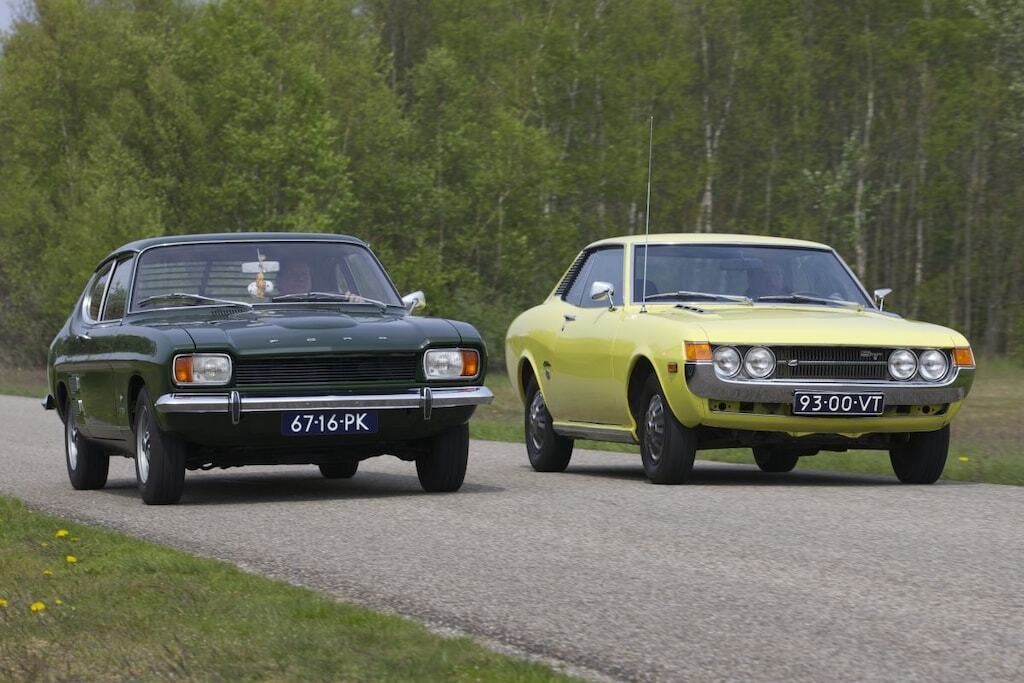
Is this a fair comparison?
Not when it comes to engine capacity, but yes when you look at the price, because the price for a Toyota Celica ST was even slightly higher than that of a Ford Capri 2300. It undoubtedly had to do with exchange rate differences or import duties, but it will not have helped the chances of success of the new Japanese sports car. Because who buys an unknown car from Japan if you can get a familiar Ford sports car with a V6 engine for the same money? We will investigate whether that newcomer from Toyota was worth its high price.

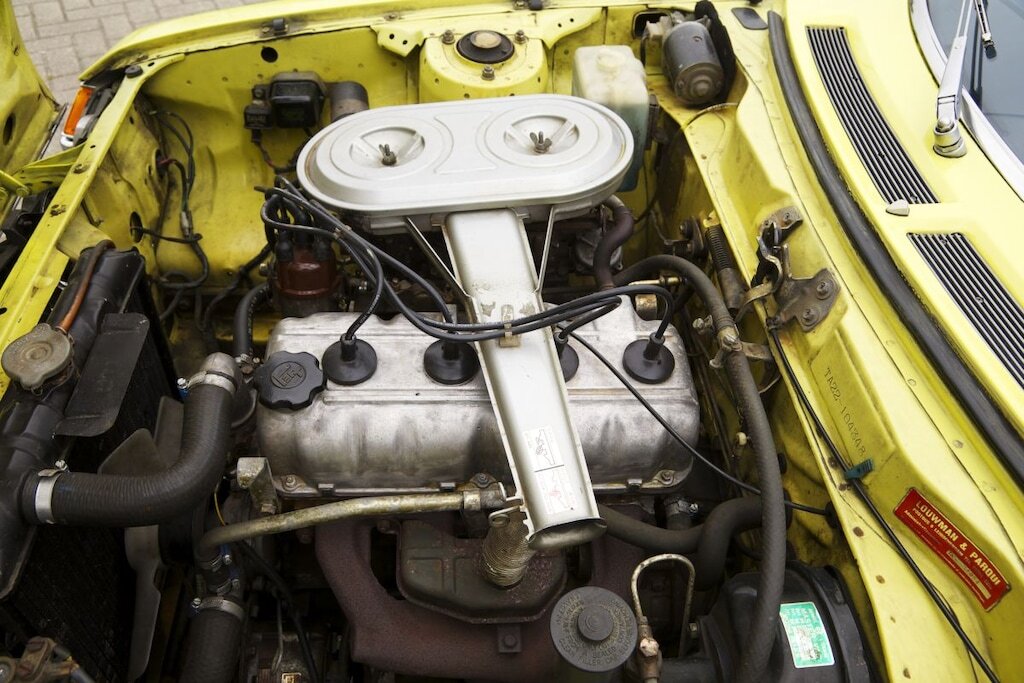
Completely Different Concepts
With its long nose and low stance, the Capri comes across as macho. The bulge on the hood and the louvers on the rear window (a popular accessory) reinforce that impression. The ‘hockeystick’ profile on the flanks, the rounded side window section, and the fake ventilation grilles near the rear wheels give it a recognizable face. Inside, the beautiful dashboard with numerous gauges and wood inlay stand out, as well as the four seats with ‘thick’ edges. Four? Yes, the rear seat is modeled into two seats. The beautiful steel Rostyle wheels, the matte black rear panel, and the leather-covered steering wheel are part of the XLR package, as is the matte black grille. The wood-finished center console, the leather cover around the gear lever, and the extensive instrumentation belong to the GT version. For the other parts, shopping was done in the Ford warehouses. The taillights are from the Escort, the chassis from the Cortina, and the engines have also been in the German and English shelves for several years. That saves on development costs.
Not that Toyota has now developed all parts specifically for the Celica. It shares the chassis and engine with the almost simultaneously appearing Carina, for example, and the four- and five-speed gearboxes with the Corona and later also with the Carina.
However, the appearance of the Celica is un-Japanese original, and with its coke bottle profile and low roof, we find it very successful. Details such as the bumpers draped around the lighting, streamlined door handles, fake ventilation grilles behind the side windows, fuel cap, hubcaps, and fake cooling slots on the hood (ST only) give the coupé its own style. It is completely different from the Capri, but gets just as many points from us on this aspect.
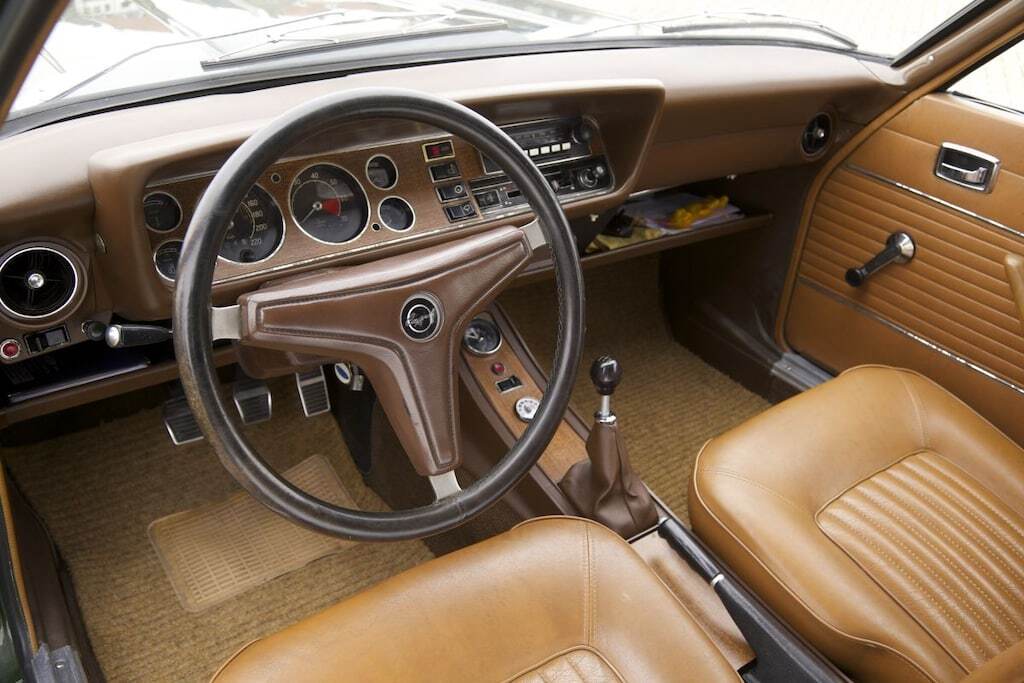
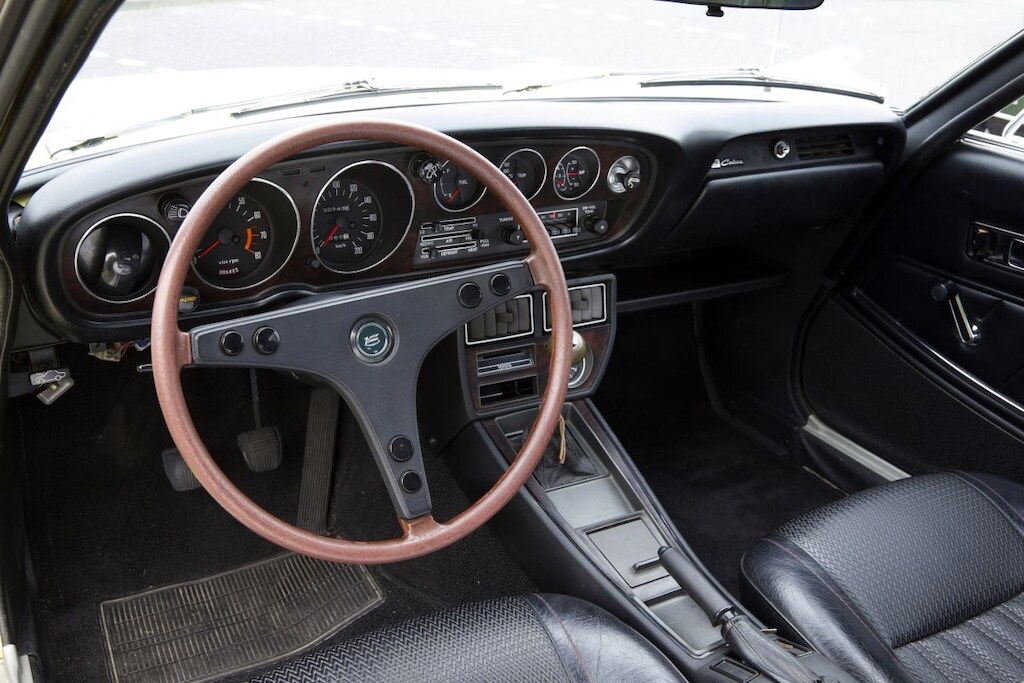
Five-Speed in the Celica
The dashboard is beautifully designed and equipped with numerous clocks with fake wood in between and a built-in radio. The steering wheel of real wood with beautiful horn buttons on the three spokes looks elegant. The gear knob is also made of wood. With this you operate a five-speed gearbox (ST only), something that was not available at Ford. The entire interior is black, which exudes sportiness, but also suggests crampedness and makes you gloomy, especially because the plastic upholstery comes across as rather cheap. That belongs to ponycars, but we still prefer the luxurious Capri upholstery. Toyota can argue in defense that the front seats have headrests; the Ford does not. In both cars you sit fine in the front. In the back you have more leg and headroom in the Celica than in the Capri, where you sit against the roof and the front seats with 1.93 m, and are forced to sit very upright by the backrest. In the back of the Toyota the windows can be opened, the rear windows of the Ford cannot be opened.
The luggage space of the Toyota is considerably smaller than that of the Ford. That space on the Japanese rear seat had to come from somewhere, of course. However, it is also because the tank, which stands upright against the rear seat, protrudes into the trunk. In addition, the floor is quite high, because the spare wheel is underneath.
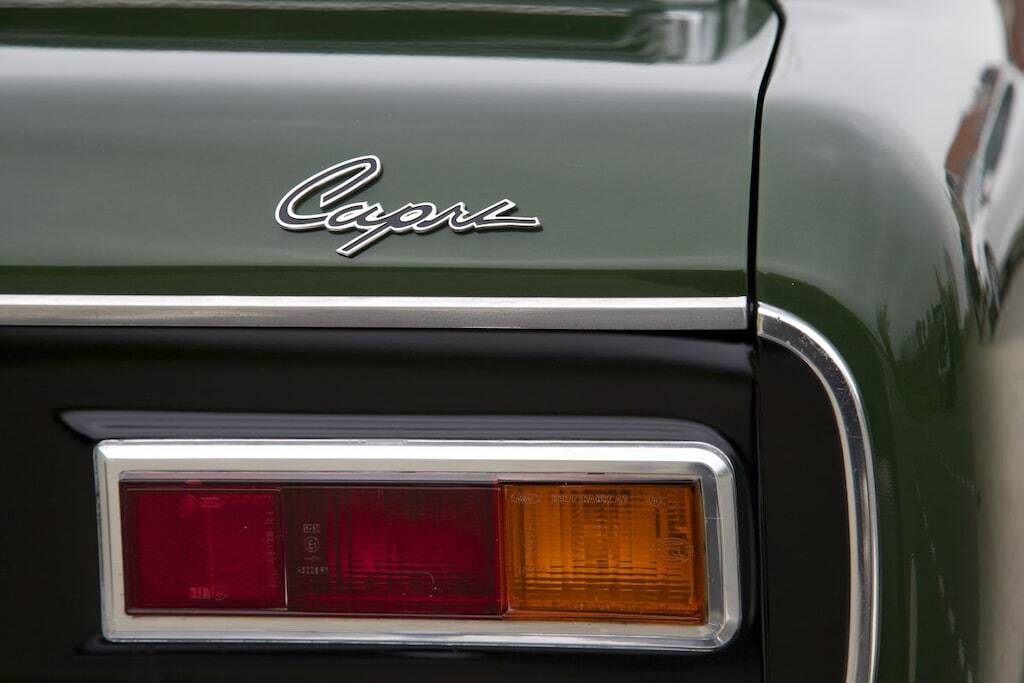
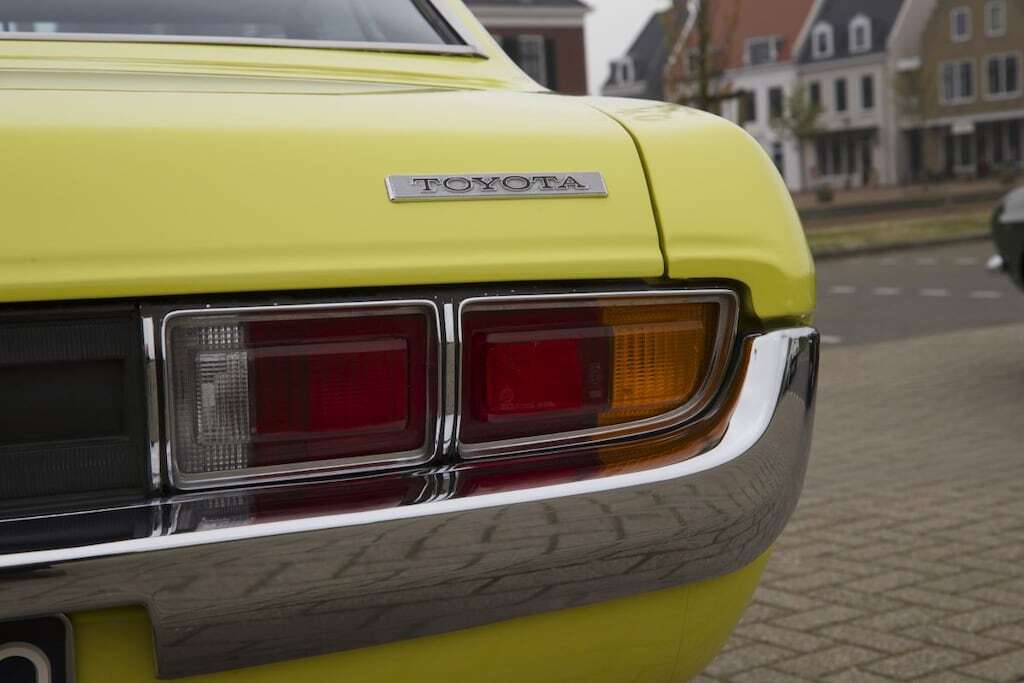
V6 from Ford is a wonderful engine
As soon as we start driving, the balance shifts to the Ford side. What a wonderful engine! It has a silky smooth run, lots of torque at the bottom, but thanks to its oversquare construction (bore larger than stroke) it is also not afraid of revs. This is the strong point of this Capri. Rev up nicely, shift and go again. The sound is beautiful! That shifting goes with a nice ‘loose’ gear lever, via a rod system. Gas and clutch are easy to operate, so the process runs smoothly. The Capri steers nicely precisely and gives enough feedback; you only miss power steering during (parallel) parking maneuvers. The Ford brakes remarkably powerfully.
The chassis is really in ponycar style: a rigid rear axle with leaf springs. You can get a long way with that, but in corners the limits appear to be reached fairly quickly. First there is understeer, presumably due to the long nose (the wheelbase is 13 cm longer than that of the Toyota). What happens next, we have not tried out, but it is easy to guess with rear-wheel drive.
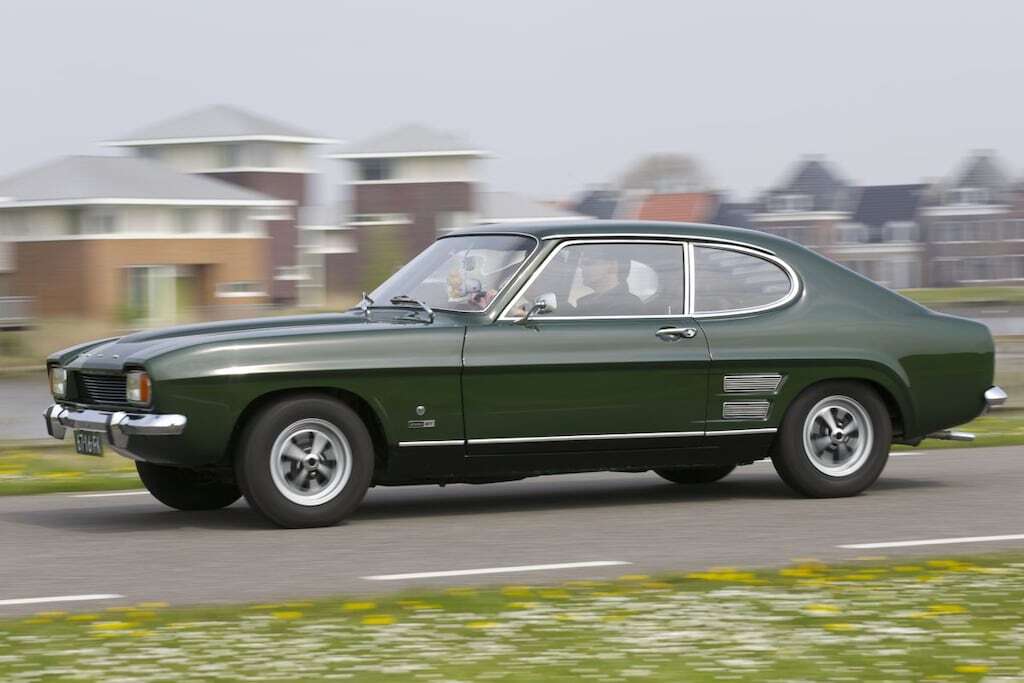
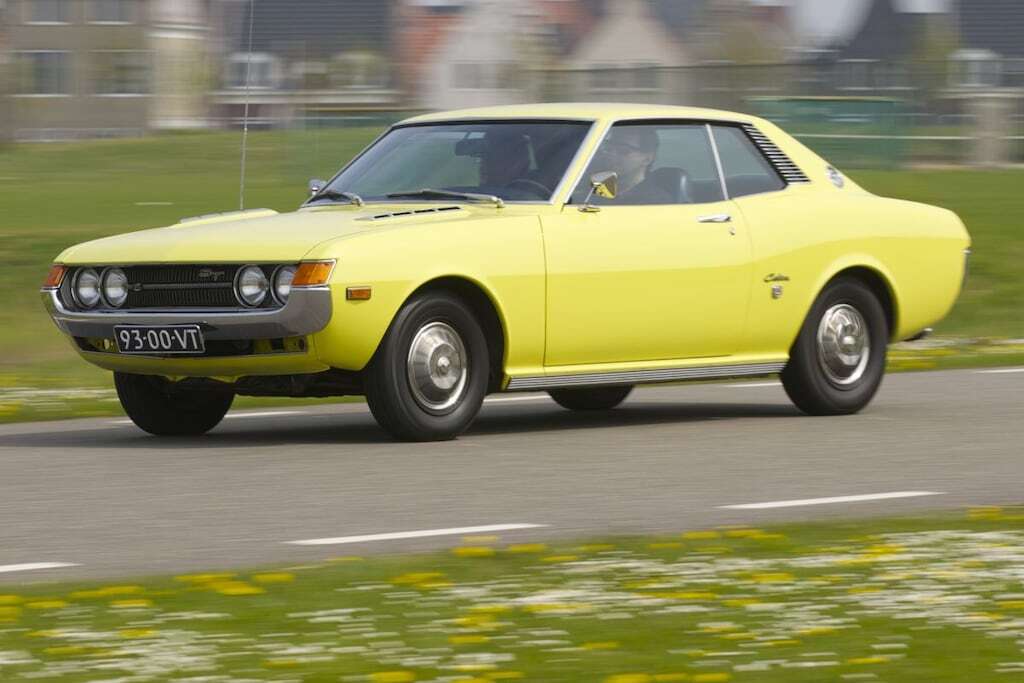
Celica engine has to rev but doesn’t like it
Where is the Celica now? It doesn’t deliver that much less power, but it makes a completely different impression: it clearly has less torque at the bottom, but especially a less sporty character. The engine wants to rev, but doesn’t sound like it enjoys it. At higher revs, the engine also starts to shake a bit. It’s normal according to the owner, and seems to be due to the double carburetor; the LT with single carburetor is less bothered by it. What doesn’t help the experience is that the transmission whine at lower speeds drowns out the growl of the engine. That gives you the impression that you are sitting in a family car rather than in a sports car.
The accelerator pedal offers unexpectedly much resistance, especially when driving away. The clutch is just light, the brake pedal too. The deceleration that the brake system provides is fine. The five-speed gearbox shifts lightly and directly, with metallic clicks. The gear lever is guided tightly through the gears; a little more freedom in that guidance would be welcome. We find the sloping position of the gear lever very pleasant.
The chassis of the Toyota comes across as slightly more refined than that of the Ford. Steering is nice and direct, although you miss power steering at lower speeds. At higher speeds, the Celica feels more maneuverable and neutral for longer than the Capri.
Both cars are about the same age and originally Dutch, but where the bodywork of the Capri already had to be completely restored, this has not been necessary with the Celica. It may indicate a difference in build quality, but we think it is mainly because the Toyota was full of tectyl from the beginning.
Capri Please!
The Capri with this engine is a real man’s car: a bit raw, with a nice V6. It invites you to throw and throw, although the long nose gets in the way of maneuverability. Then the muscles have to work. The Celica looks good, but is more of a sporty touring car than a sports coupé. His attack on the European ponycars was brave, but his pricing put him up against competitors who were too high for him. Even now we prefer the Capri V6, despite the qualities of the Celica.
